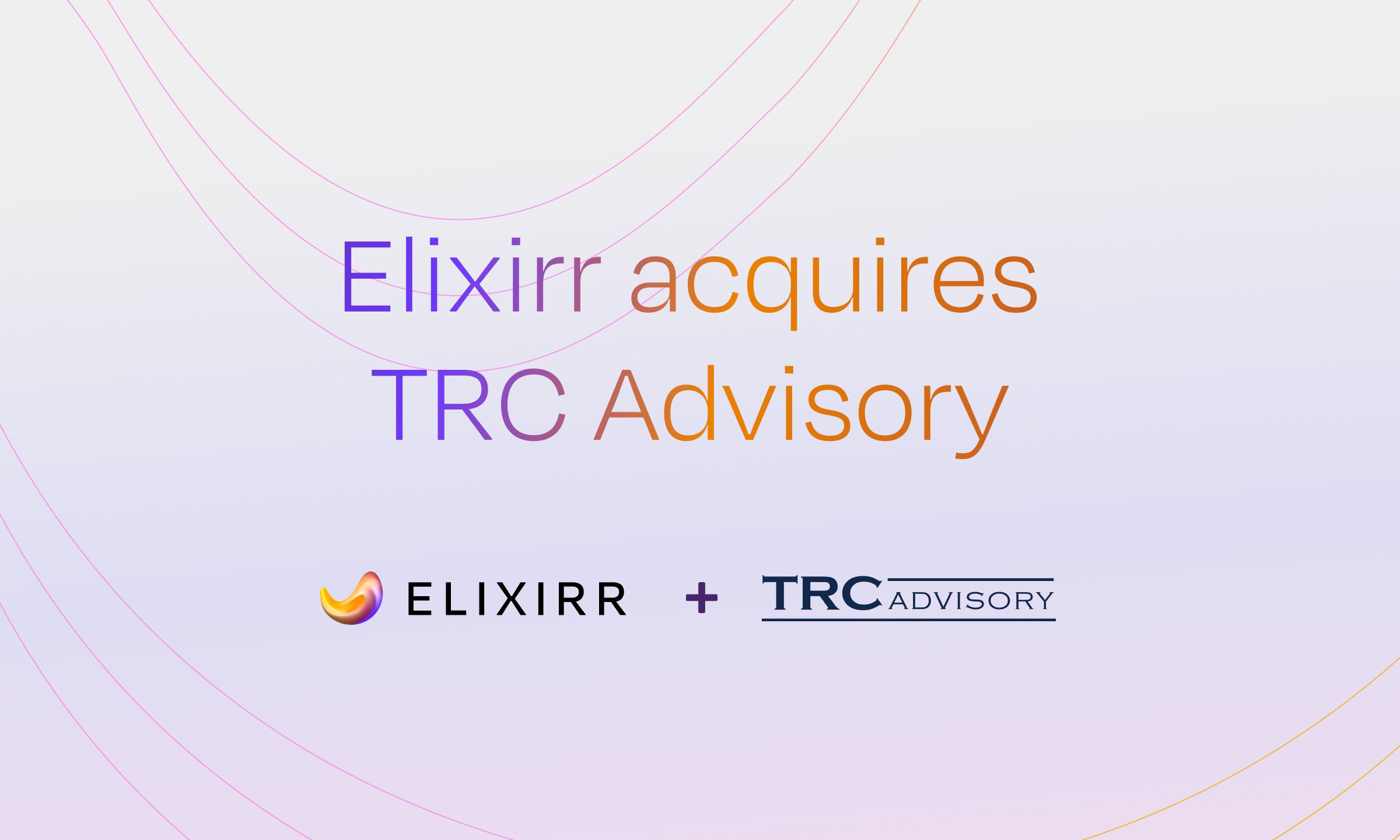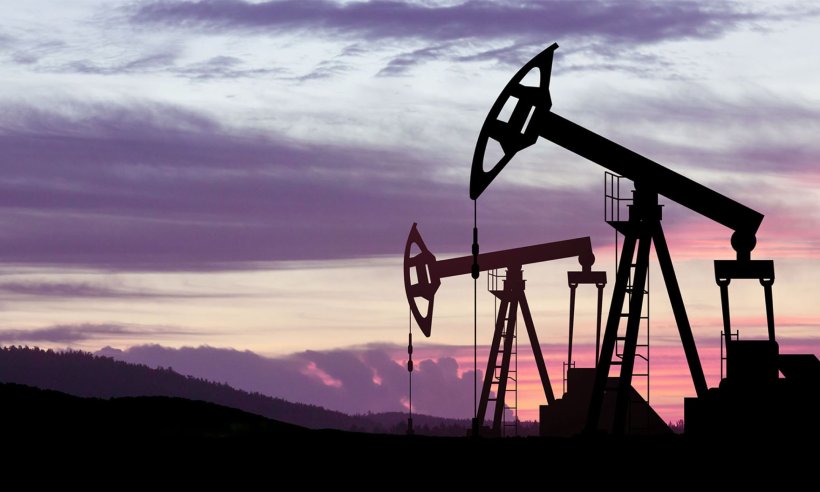Our client, a privately held exploration and energy production company, faced recurring artificial lift equipment failures and required the ability to auto-detect trending conditions and prevent failures. We identified and documented key data failure points across the ingestion pipeline and existing tools impacting artificial lift equipment. We outlined the three primary components of the lakehouse architecture. Through this work, we were able to improve maintenance cycles and risk plans, establish auto detect conditions and outline best practices for automation, logging, stability and recoverability.
- Outcome 1: Improved maintenance cycles and risk plans in place with a near-real-time ingestion engine between multiple technologies
- Outcome 2: Established auto-detection, preventing failures and reducing operational disruptions
- Outcome 3: Outlined best practices for automation, logging, stability and recoverability
The challenge
The energy production industry is highly competitive, with companies under constant pressure to maximise production while minimising operational downtime and costs. Artificial lift equipment, critical for oil and gas extraction, is prone to failures that can significantly impact efficiency and profitability. With market conditions emphasising reliability and cost reduction, our client needed to prevent failures and optimise equipment performance.
The energy production industry relies heavily on artificial lift equipment for efficient operations, but failures can disrupt production, leading to downtime and revenue loss. For our client, one of the largest private operators in the United States providing well and wireline services, trucking and vehicle maintenance, these challenges were compounded by limited visibility into critical data failures across their ingestion pipeline, impacting artificial lift equipment. They needed to auto detect trending conditions and prevent failures to ensure operational stability.
The approach
We conducted a thorough audit of the client’s existing AWS tools and a variety of points within the ingestion pipeline to identify data failures affecting artificial lift equipment. Using these insights, we designed a lakehouse architecture consisting of three key components: an S3-based data lake, where data is partitioned daily and stored in Parquet and near-raw format; a three-phase ingestion pipeline spanning data handling, staging in Snowflake and EDW loading; and a Snowflake-based data warehouse with four integrated databases – Staging, Enterprise Data Warehouse, Data Marts and Outbound. We also outlined best practices for automation, logging and recoverability to provide a foundation for proactive operations.
The value delivered
Our client established improved maintenance cycles and risk plans, saving time and money with the build, management and maintenance of a new real-time ingestion engine between multiple technologies. By incorporating auto-detect capabilities and best practices for automation, logging, stability and recoverability, our client achieved enhanced system reliability and long-term scalability. These improvements allowed them to save considerable time and resources while confidently addressing future operational challenges.




